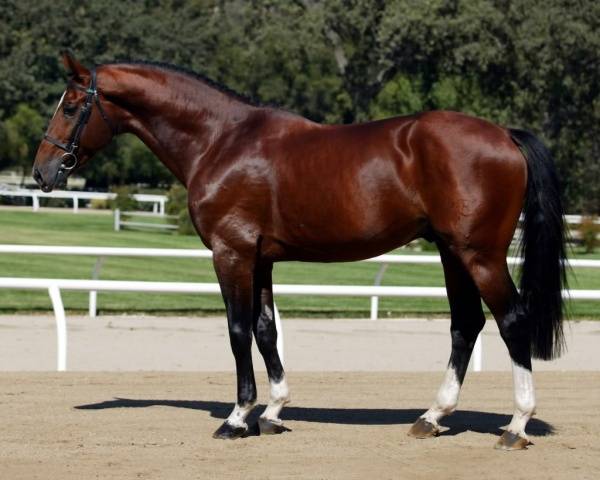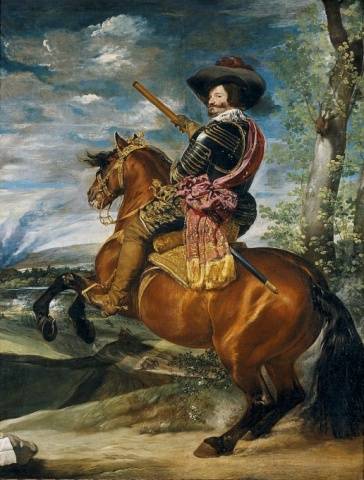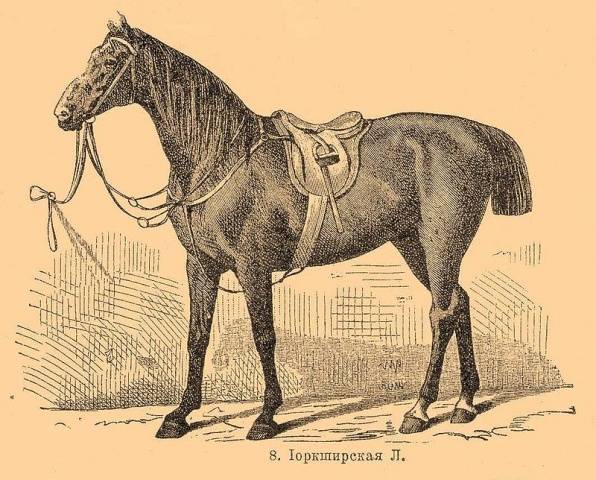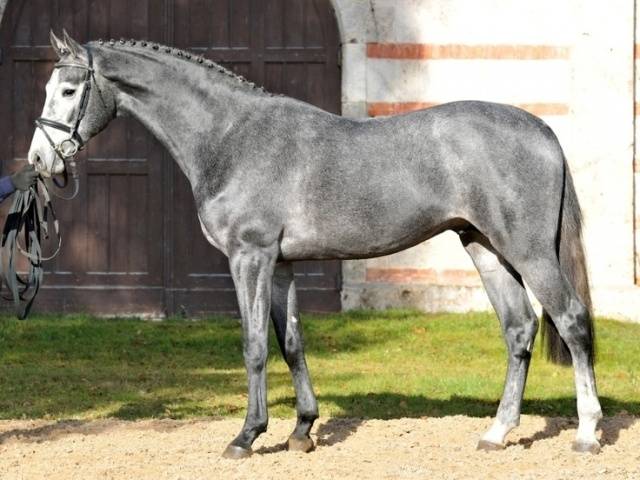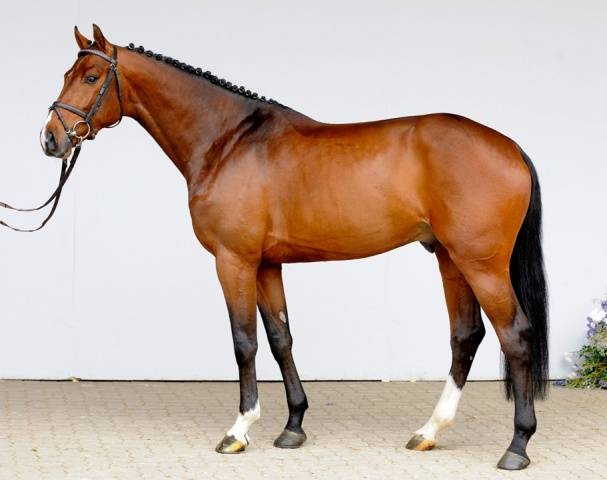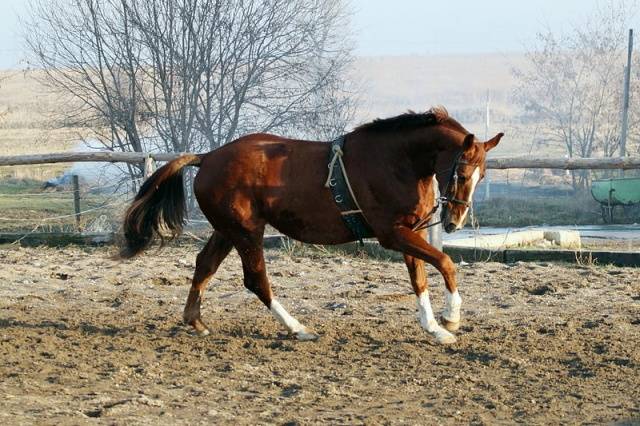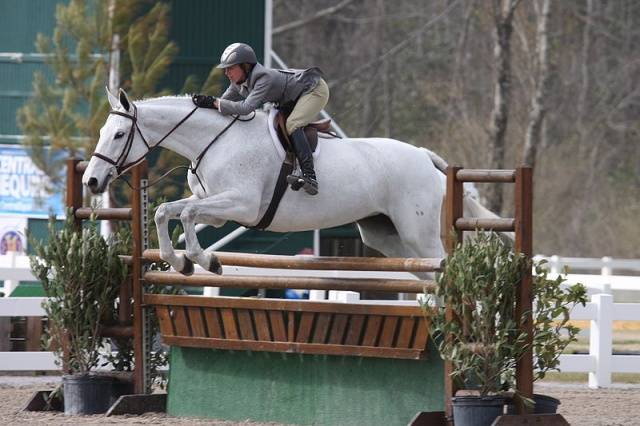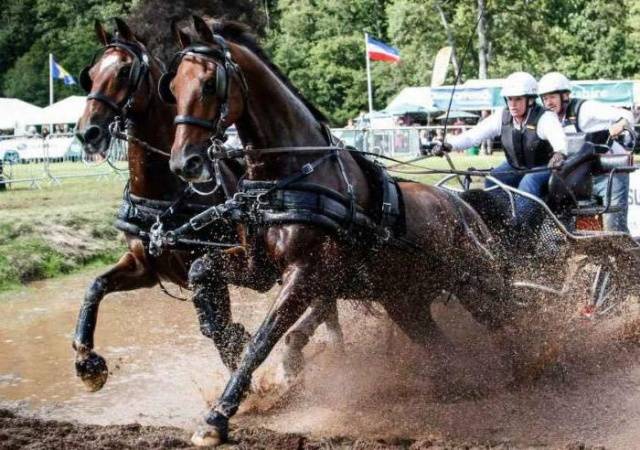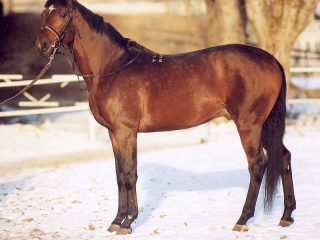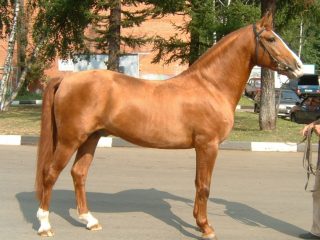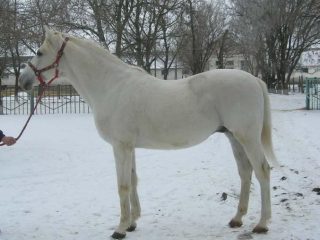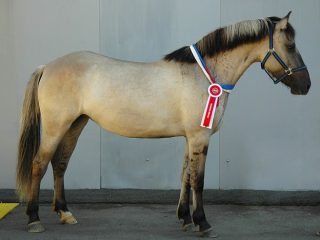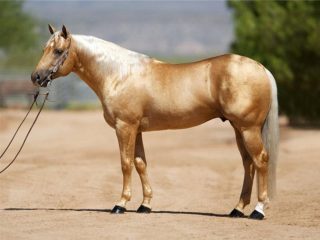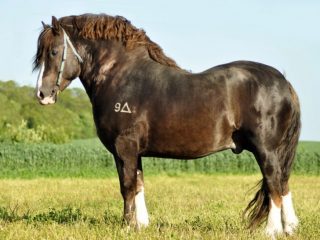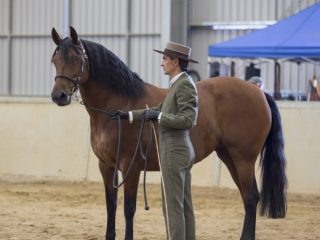The Holstein horse breed comes from the land of Schleswig-Holstein, located in northern Germany. Breed considered one of the oldest mixed breeds in Europe. The first mention of the Holstein horse breed dates back to the 13th century.
Story
The breed originated in swamps that dried out under constantly blowing winds. The wet, sticky soil turned into hard ground similar to concrete in a few hours. Holsteins have been known in this area since the first century AD. But they were small horses, well adapted to living in swamps.
Holsteins were used for farm work and harness work and were among the light draft breeds. Systematic breeding of the breed began in the 14th century in the Utezen monastery. Considering that in those days the monks were the most literate part of the country's population, they were able to conduct breeding with proper consideration of the origin of horses and the selection of offspring.
In the Middle Ages, horses were needed for knightly cavalry, which means that small indigenous horses were not suitable for breeding purposes and had to be enlarged. It is most likely that modern Holstein horses derive their origins from a mixture of Germanic, Spanish and Oriental breeds mixed with local stock.
Later, the knightly cavalry faded away and light cavalry entered the battlefield, needing not massive, but slow and quickly exhausting horses, but fast, hardy and agile horses. At that time, Spanish and Neapolitan horses with mutton profiles and high-set necks were considered the best. Holsteins were infused with the blood of these breeds. As a result, even the Spanish King Philip II willingly bought them. After the Protestant Reform, monks were removed from horse breeding.
This is roughly what the early Holstein horses looked like: bay color with minimal markings and the “Baroque” type.
In the 17th century, the Holstein breed became very popular as carriage and draft horses. Holstein horses with massive bones were used to transport heavy loads. In 1719, the state took notice of the breed and offered rewards for the best Holstein stallions.
This was the birth of modern breed kerungs. To qualify for the award, a Holstein stallion had to be at least 157 cm at the withers. The age of the applicant had to be from 4 to 15 years. And in the previous year, at least 15 foals must have been sired from this stallion. In 1735, 12 black Holstein stallions were purchased for the factory in Celle, which formed the basis of the future Hanoverian breed.
Nineteenth century
The development of scientific and technological progress has led to changes in European horse breeding. The massive "Baroque" horses were replaced by light and fast English Thoroughbreds, which were used to improve local breeds.
The development of a network of improved roads and railway lines meant long journeys by horse. Accordingly, the emphasis began to be placed on elegant light draft horses.To lighten the frame of Holsteins, Cleveland bay and Yorkshire post horses were imported from Great Britain.
Yorkshire breeds were distinguished by their large stature and good endurance.
Cleveland bays were the horses of traveling traders. Today these are high-quality draft horses, widely used in driving.
The same factors that enabled the construction of railroads and improved road surfaces also impacted horse breeding. In 1860, a state stud farm was established in Travental. As in other public breeding grounds in Traventhal, owners of private mares were given wide access to high quality stallions. The Duke of Augustenburg paid special attention to the import of medium-sized Thoroughbred stallions, encouraging local residents to use them.
In 1885, a breeding program for Holstein horses was drawn up. What was required was an elegant but strong draft horse with strong bones and powerful muscles. At the same time, the Holstein had to have all the qualities of a heavy riding horse.
The first Stud Book was founded by George's economic advisor in 1891. He also helped found the School of Riding and Carriage in Elmshorn, which is today the headquarters of the Union of Holstein Horse Owners.
The twentieth century
The twentieth century again sharply turned the direction of breeding the Holstein breed. At the beginning of the century, a mass of powerful horses capable of carrying heavy artillery was required. The Holsteins were "weighted" and the breed flourished. After World War II, there were 10 thousand brood mares.But already in the early 60s this number fell by a third. Farmers abandoned horse breeding, and the state breeding nursery of Traventhal was dissolved. But instead of letting the breed die, the Breeding Union's board of directors again completely changed the direction of the breed.
To quickly change the breed to meet market requirements, several Thoroughbred and French stallions were purchased. Holstein horses were significantly lighter. The horses became more agile, taller, lighter and more jumping. This was especially important, since the reign of men in horse riding had finally ended by that time and women and girls increasingly began to ride horses as a leisure activity. Accordingly, beautiful and elegant horses were required.
The breeding structure has also changed. Artificial insemination has become widely used, so the stallions stand in the central breeding nursery of the Union in Elmshorn, and the mares remain with small farmers for whom horse breeding is a hobby, not a business.
Exterior
The modern physical characteristics of the Holstein horse breed are such that they allow them to compete very successfully in classical equestrian sports at the highest levels.
Holstein's height is 1.65-1.75 m. The head is large, with a straight profile and expressive eyes. Wide ganaches. The neck is of medium length, powerful. Well developed muscular withers. A powerful croup that allows the Holstein to push well when jumping. Strong legs with large joints. Large round hooves. The color of a Holstein horse can be bay, black, gray or red. Dun and nightingales are excluded from breeding.
Piebald Holsteins are also culled.
Holsteins are people-oriented, cooperative and stress-resistant. All this makes the breed especially suitable for beginners and insecure riders.
Usage
The ability of Holsteins to jump was discovered back in the 30s of the last century, but they began to seriously develop this ability only after the Second World War. At that time, more and more show jumpers began to appear on Holstein horses. At the 1956 Olympics, Fritz Tiedemann rode the Holstein gelding Meteor to team show jumping gold. In 2008, Heinrich Romeyk won a gold medal on Holstein Marius in Beijing.
The photo shows a Holstein horse during the “hunter” show jumping route.
This sport is well suited for those who do not want or cannot jump high hurdles. In “hunter” show jumping, the main thing is not the height, but the correct completion of the route.
Some Holsteins are still used as draft dogs for driving.
Although the main area of modern use for Holsteins is show jumping, they also perform well in dressage. They do not reach Olympic heights in this sport. But wide free movements allow them to successfully compete at the amateur level.
Reviews
Conclusion
The selection of the Holstein horse breed, aimed at the desire for cooperation, has borne fruit. Today Holsteins are one of the most obedient and calm breeds of horses. And since their main area of application is show jumping, where the horse is required not only to carry out the rider’s commands, but also to do a lot of calculations itself, this is also one of the most intellectually developed breeds. A correctly chosen Holstein horse will become a good companion on walks and a faithful companion in competitions.
